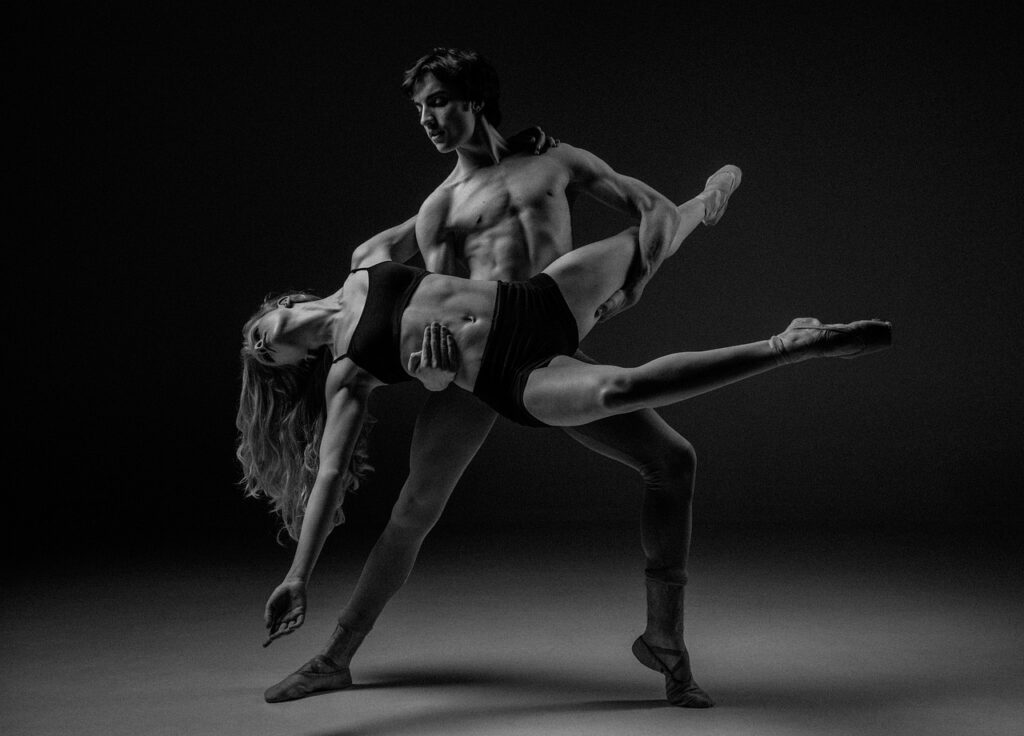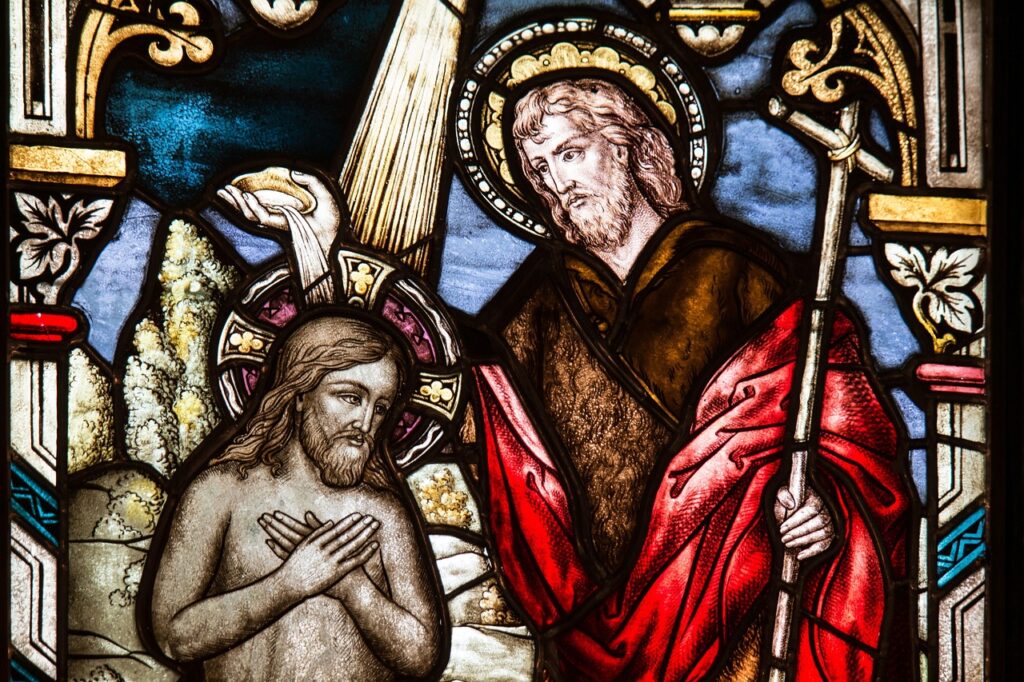
Dancing often sparks debates among various religious communities. Among Baptists, some believe that dancing is wrong, viewing it as a potential source of temptation or distraction from spiritual life. This article explores the reasons behind these beliefs, the biblical context, and the cultural influences that shape the Baptist perspective on dancing.
Historical Context of Baptist Beliefs
To understand why some Baptists believe dancing is wrong, we first need to consider the historical context of the Baptist denomination. Baptists emerged in the early 17th century, emphasizing personal faith, baptism by immersion, and the authority of Scripture. Over the years, different Baptist groups have developed varying interpretations of the Bible, leading to diverse beliefs and practices.
In many traditional Baptist communities, there is a strong emphasis on maintaining moral standards and separating from worldly influences. This mindset can lead to a cautious approach toward activities like dancing, which some view as potentially sinful or inappropriate. Historical anxieties surrounding the social and moral implications of dancing have contributed to a more conservative stance within these communities.
Biblical Interpretations and Teachings
The Bible does mention dancing in various contexts, both positive and negative. For instance, in the Old Testament, dancing is often associated with celebration, such as Miriam dancing after the crossing of the Red Sea (Exodus 15:20) or David dancing before the Lord (2 Samuel 6:14). These instances highlight that dancing can be a form of worship and joyous expression.
However, some Baptist interpretations focus on the cautionary tales related to dancing. The story of Salome, who danced for Herod and was rewarded with John the Baptist’s head, illustrates how dancing can lead to temptation and moral compromise. This narrative influences the belief that dancing is inherently risky and can lead individuals away from their spiritual commitments.
Furthermore, certain passages in the New Testament emphasize living a life of holiness and avoiding behaviors that might lead to sin. For some Baptists, dancing is seen as a gateway to more serious moral issues, such as promiscuity or substance abuse. This perspective encourages a cautious view of dancing, particularly in secular settings.
Cultural Influences and Social Norms

Cultural factors significantly shape beliefs about dancing within the Baptist community. In many conservative regions, social norms discourage dancing, associating it with partying or sinful behavior. As a result, some Baptists may adopt a similar stance, seeing dancing as conflicting with their values.
In the early 20th century, as the modern dance movement gained popularity, many conservative Christians, including Baptists, reacted by condemning various forms of dance. They viewed the music and the styles of dance as morally corrupting influences. This reaction reinforced the belief that dancing was incompatible with a faithful Christian lifestyle.
Moreover, the rise of contemporary Christian music and dance-related events has led to further division among Baptists. Some congregations embrace dance as a form of worship, while others reject it entirely. This divergence often reflects broader cultural attitudes toward music, entertainment, and social engagement, influencing how dancing is perceived within the Baptist community.
The Role of Personal Conviction
One of the core tenets of Baptist faith is the emphasis on individual conscience and personal conviction. Many Baptists believe that each person should seek guidance from the Holy Spirit regarding their actions and choices. This principle is crucial when it comes to the topic of dancing.
For some Baptists, personal conviction leads them to abstain from dancing due to their understanding of Scripture and the potential for temptation. They may feel that participating in dance could compromise their witness or lead them into situations that conflict with their values. In contrast, others may feel comfortable dancing in specific contexts, viewing it as a way to celebrate and connect with their community.
This diversity of beliefs highlights the importance of grace and understanding within the Baptist faith. While some may choose to abstain from dancing, others may find freedom in expressing joy through movement. Ultimately, personal conviction plays a significant role in shaping an individual’s stance on dancing.
Modern Perspectives and Changes

In recent years, there has been a noticeable shift in how some Baptist communities view dancing. Younger generations are more open to various forms of expression, including dance. As societal norms evolve, some Baptists are re-examining their beliefs about dancing in light of contemporary culture.
Many Baptist churches now incorporate dance into worship services, recognizing it as a legitimate form of praise. Dance ministries and choreographed worship have become more common, allowing congregants to express their faith creatively. This shift reflects a broader acceptance of diverse expressions of worship within the Baptist community.
However, the debate over dancing remains. Some traditionalists continue to uphold the belief that dancing is inappropriate, fearing that it could lead to moral compromise. This tension between tradition and modernity creates an ongoing conversation within the Baptist faith about how to navigate cultural influences while remaining true to biblical values.
Conclusion
The belief among some Baptists that dancing is wrong stems from a complex interplay of historical context, biblical interpretations, cultural influences, and personal convictions. While traditional views often emphasize the potential risks associated with dancing, contemporary perspectives reflect a growing acceptance of diverse forms of expression within worship.
Ultimately, the conversation about dancing within the Baptist community serves as a reminder of the diversity of beliefs and practices that exist within Christianity. Each individual’s journey of faith shapes their understanding of what is acceptable, leading to a rich tapestry of expressions and convictions. As society continues to evolve, so too will the discussions surrounding dance, paving the way for new interpretations and practices within the Baptist faith.
FAQs
1. Are all Baptists opposed to dancing?
Not all Baptists oppose dancing. Beliefs about dancing vary widely among different Baptist congregations and individuals. Some embrace it as a form of worship, while others may choose to abstain due to personal convictions or interpretations of Scripture.
2. How do cultural influences affect Baptist beliefs about dancing?
Cultural influences play a significant role in shaping Baptist beliefs about dancing. In more conservative areas, social norms may discourage dancing, reinforcing a negative view. Conversely, in more progressive settings, dancing may be embraced as a positive expression of faith.
3. What does the Bible say about dancing?
The Bible mentions dancing in both positive and negative contexts. While it can be a form of celebration and worship, some narratives caution against the potential moral pitfalls associated with dancing. Interpretations vary among different Christian denominations.
4. Can personal conviction change the view on dancing?
Yes, personal conviction can lead individuals to reevaluate their views on dancing. Some may feel led to abstain from dancing, while others may find freedom in expressing joy and worship through dance. Individual beliefs play a crucial role in this decision.
5. Is there a generational divide in attitudes toward dancing among Baptists?
Yes, there is often a generational divide regarding attitudes toward dancing among Baptists. Younger generations may be more open to dancing as a form of worship, while older generations may hold more traditional views that discourage it. This reflects broader cultural shifts in society.






